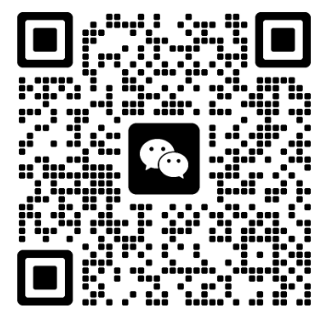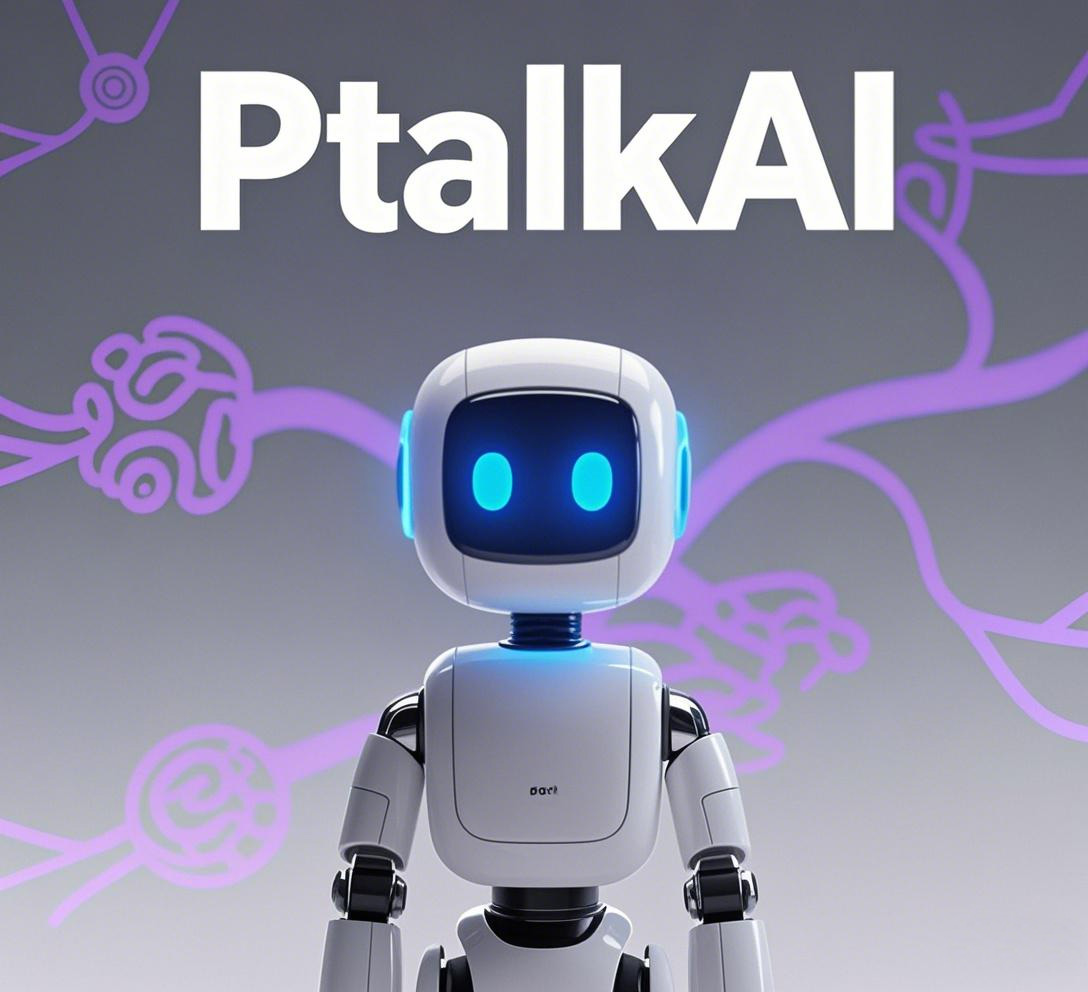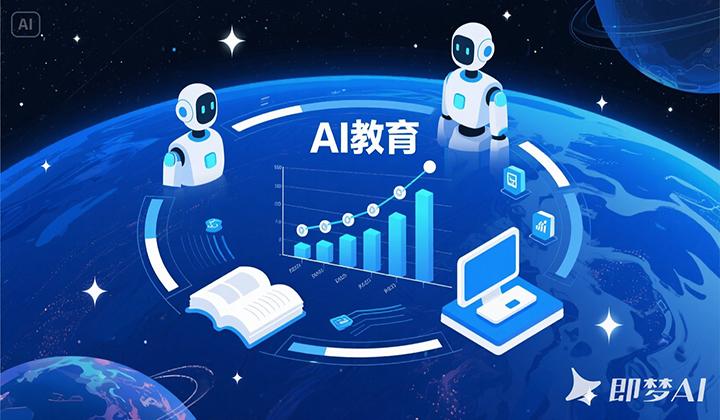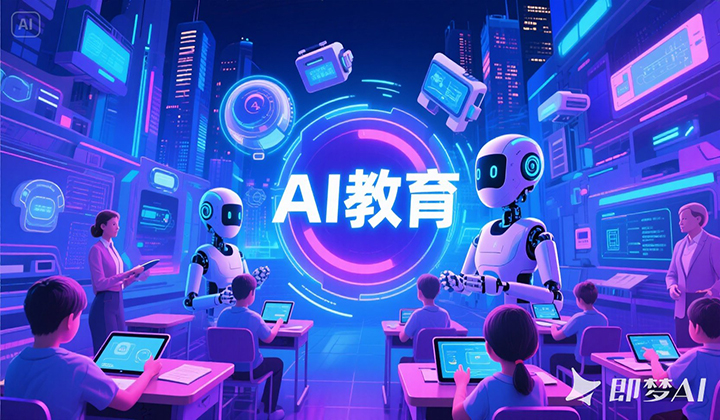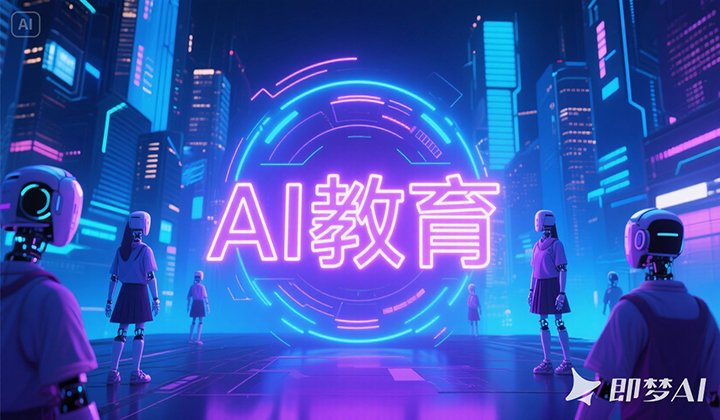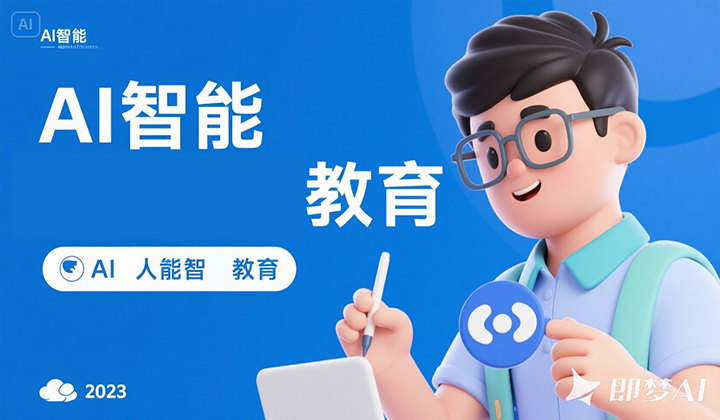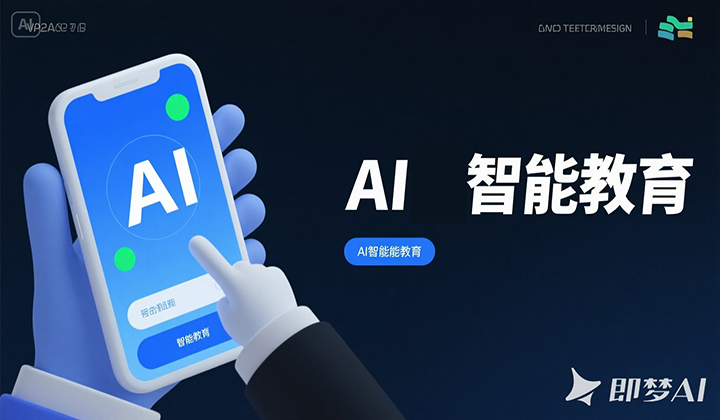Can AI Education Truly Achieve Personalized Instruction
For centuries, “teaching according to students’ abilities” — or personalized instruction — has been an ideal pursued by educators worldwide. Yet, in traditional classrooms with limited time and resources, tailoring lessons to each student has been a persistent challenge. With the rise of Artificial Intelligence (AI) in education, many now wonder: can AI finally make this vision a reality?
The Promise of AI in Personalized Learning
AI-powered education tools offer the ability to assess, analyze, and respond to individual learning patterns in real time. Unlike static teaching materials, AI systems continuously adapt based on how a student interacts with content. They identify strengths, detect weaknesses, and adjust pacing accordingly.
For example, if a student excels in reading comprehension but struggles with grammar, an AI-driven platform can emphasize grammar exercises while offering more advanced reading materials. This kind of dynamic adjustment is a powerful leap toward individualized learning.
Data-Driven Insights
AI systems collect large amounts of data on students’ behavior, performance, and preferences. This data enables the creation of highly customized learning paths, not only adjusting content but also recommending specific study strategies or practice methods.
For teachers, this means gaining detailed insights into each student’s progress. Instead of managing a classroom as a whole, educators can use AI-generated reports to target support where it’s needed most. In this way, AI becomes a partner in differentiated instruction.
Scalability and Consistency
One of AI’s key strengths is its ability to scale personalization. While a human teacher may struggle to customize lessons for 30 students, AI can simultaneously adapt content for thousands. This makes it possible to deliver consistent, high-quality learning experiences across large groups — something traditional methods often fail to achieve.
Addressing Diverse Learning Needs
AI tools can support students with varying learning needs, including those with disabilities, language barriers, or different cognitive styles. Through features like speech-to-text, audio-visual aids, and multilingual support, AI makes it easier to meet students where they are — a core principle of personalized instruction.
But Is It Truly “Personal”?
Despite its strengths, AI has limitations. Personalized instruction isn’t just about adjusting academic content — it’s also about emotional connection, mentorship, and understanding students’ unique personalities. AI lacks empathy, intuition, and the ability to inspire in the way a human teacher can.
Moreover, there is a risk that algorithmic personalization may reinforce biases or limit students to predefined paths, rather than encouraging exploration and growth beyond their comfort zones.
Ethical and Practical Concerns
To ensure AI fulfills its promise, schools and developers must address ethical concerns, including data privacy, algorithm transparency, and equitable access. Without proper oversight, AI tools could unintentionally widen the educational gap or compromise student autonomy.
Additionally, effective implementation requires training for teachers and thoughtful integration into the curriculum — not just purchasing the latest technology.
Conclusion
AI in education holds tremendous potential to bring the long-standing dream of personalized instruction closer to reality. It can adapt content, scale learning, and provide deep insights that were once unimaginable. However, truly achieving “teaching according to ability” demands more than data and algorithms. It requires a thoughtful blend of technology and humanity — where AI enhances, not replaces, the teacher’s role in guiding each student’s unique journey.




